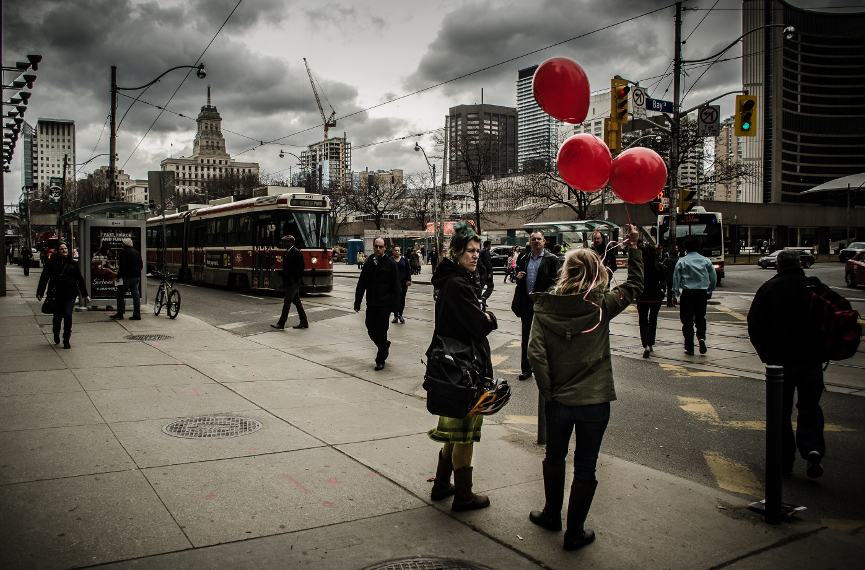The Main Principles Of Framing Streets
The Definitive Guide for Framing Streets
Table of ContentsAn Unbiased View of Framing StreetsThe Ultimate Guide To Framing StreetsThe smart Trick of Framing Streets That Nobody is DiscussingThe Greatest Guide To Framing StreetsTop Guidelines Of Framing StreetsThe Greatest Guide To Framing Streets
Digital photography category "Crufts Dog Program 1968" by Tony Ray-Jones Street digital photography (also sometimes called candid digital photography) is digital photography performed for art or questions that includes unmediated possibility experiences and arbitrary occurrences within public locations, typically with the objective of capturing photos at a definitive or poignant minute by cautious framing and timing. 
His boots and legs were well specified, yet he is without body or head, since these were in movement." Charles Ngre, waterseller Charles Ngre. https://www.blogtalkradio.com/framingstreets1 was the first digital photographer to achieve the technical refinement needed to register individuals in movement on the street in Paris in 1851. Digital Photographer John Thomson, a Scotsman collaborating with journalist and social protestor Adolphe Smith, released Street Life in London in twelve month-to-month installments starting in February 1877
Some Ideas on Framing Streets You Need To Know
Eugene Atget is considered a progenitor, not due to the fact that he was the initial of his kind, but as an outcome of the popularisation in the late 1920s of his document of Parisian roads by Berenice Abbott, that was inspired to carry out a similar documentation of New york city City. [] As the city created, Atget aided to advertise Parisian roads as a worthwhile subject for photography.

8 Easy Facts About Framing Streets Explained
In between 1946 and 1957 Le Groupe des XV annually showed job of this kind. Andre Kertesz. Circus, Budapest, 19 May 1920 Road digital photography formed the major material read the full info here of two exhibits at the Museum of Modern Art (Mo, MA) in New York curated by Edward Steichen, Five French Digital Photographers: Brassai; Cartier-Bresson, Doisneau, Ronis, Izis in 1951 to 1952, and Post-war European Digital Photography in 1953, which exported the concept of road digital photography internationally.

All About Framing Streets
The recording device was 'a surprise video camera', a 35 mm Contax concealed under his layer, that was 'strapped to the chest and linked to a lengthy wire strung down the best sleeve'. Nonetheless, his work had little modern impact as as a result of Evans' sensitivities regarding the creativity of his task and the privacy of his topics, it was not released up until 1966, in guide Many Are Called, with an intro composed by James Agee in 1940.
Helen Levitt, after that an instructor of children, related to Evans in 193839. She documented the transitory chalk drawings - 50mm street photography that were part of kids's street society in New york city at the time, along with the youngsters that made them. In July 1939, Mo, MA's new digital photography area consisted of Levitt's job in its inaugural exhibitRobert Frank's 1958 publication,, was substantial; raw and often indistinct, Frank's images examined mainstream digital photography of the time, "challenged all the formal policies put down by Henri Cartier-Bresson and Walker Evans" and "flew in the face of the wholesome pictorialism and heartfelt photojournalism of American magazines like LIFE and Time".